Path to NoOps part 2: How infrastructure as code makes cloud automation attainable—and repeatable—at scale
Dynatrace
NOVEMBER 29, 2022
And it’s a crucial step toward achieving cloud automation on the path to NoOps. In this blog, I explore how Dynatrace has made cloud automation attainable—and repeatable—at scale by embracing the principles of infrastructure as code. So we built one: The Dynatrace Cloud Automation control plane. Cloud Automation use cases.

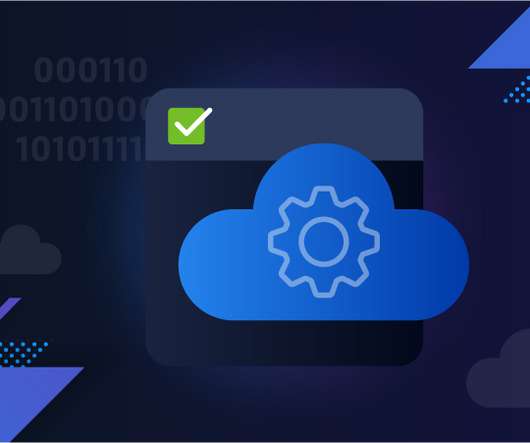
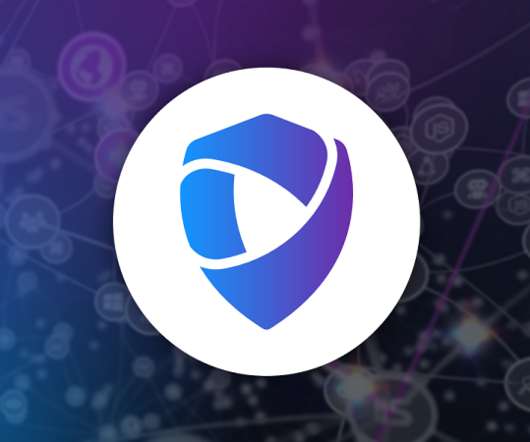




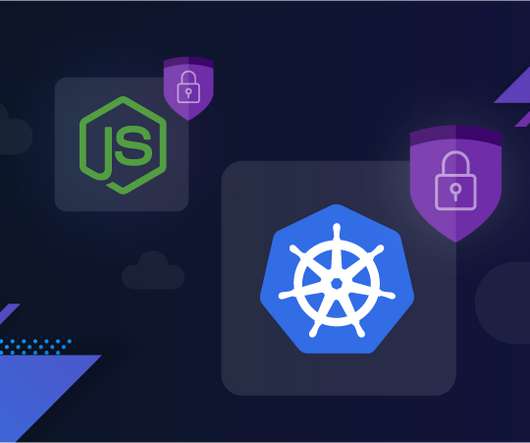


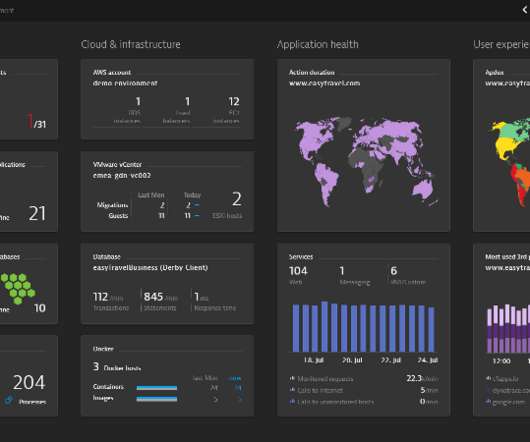



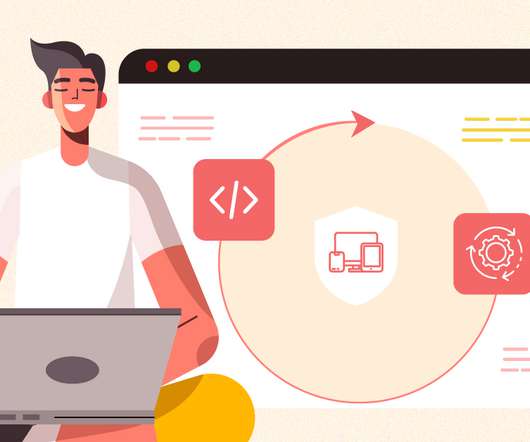













Let's personalize your content